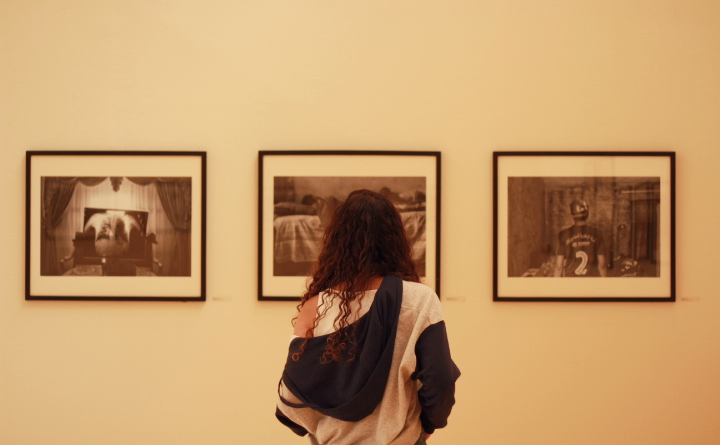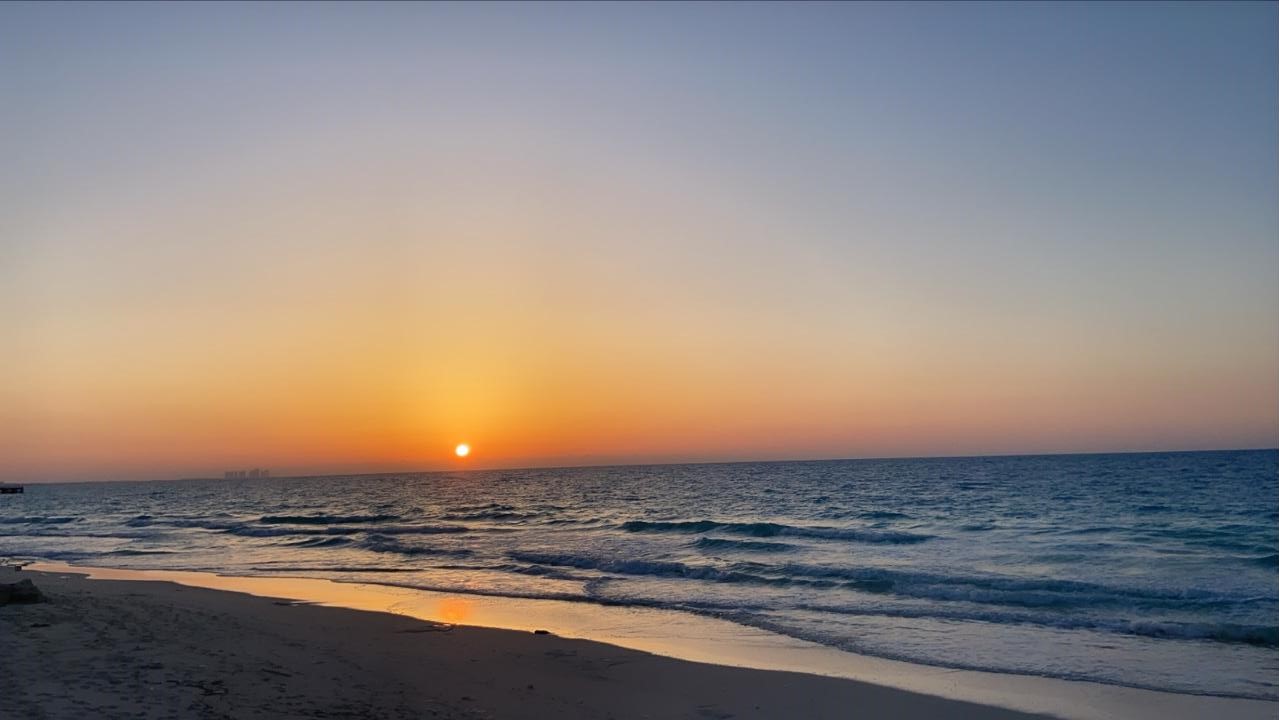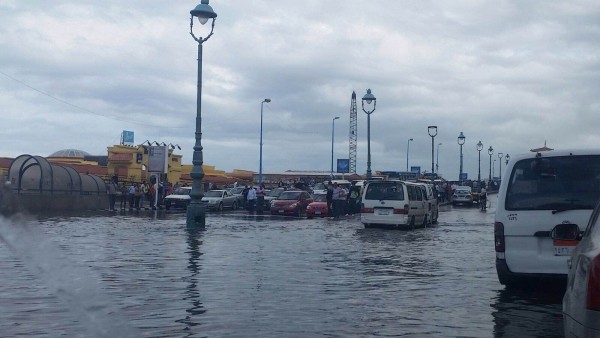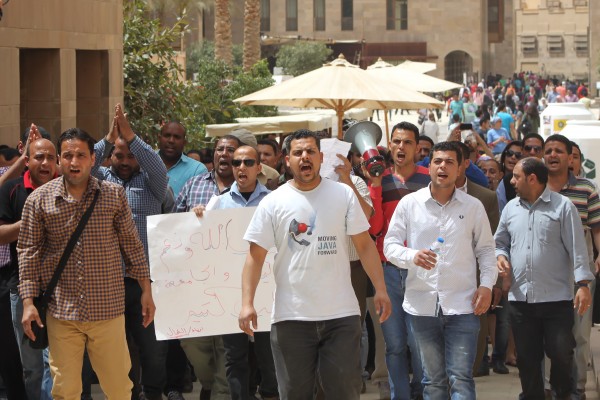Through the Lens of Photographer Mohamed Mahdy
By: Aya Elsayed
@AyaElsayad20
The 25-year-old photographer Mohamed Mahdy has always been passionate about people, the lives they lead, the trials and tribulations, the sadness and the success.
In Moon Dust, his latest exhibition at AUC’s Photographic Gallery, he resorts to environmental photography to capture and document the Alexandrian community of Wadi el Qamar and its struggles with pollution.
Mahdy usually draws attention to unprivileged communities to raise awareness and inspire change, capturing the voices that he believes are not heard.
“My passion is always for the people; my topics are always related to the people,” Mahdy said.
In 2018, Mahdy was named one of the 12 emerging photographers by the New York Times Lens Blog. He was also awarded more than once for his exhibitions in the Middle East.
At just 24 years of age, in 2021, he received the Magnum Foundation Photography and Social Justice and is currently one of Sony’s ambassadors.
“In the beginning, I was taking pictures of the streets. My passion was to grab my camera, explore the world and meet new people, but then my passion changed to the documentary,” Mahdy told The Caravan.
Having lived near Wady el Qamar himself, Mahdy had friends who revealed to him the health risks caused by a cement factory that is located only 10 meters away from the residential areas. As a result, Mahdy chose the Wady El Qamar neighborhood in Alexandria to be his muse for the project.
“It is a part of the society I live in. I pass by it every day and I did not know what is happening inside,” Mahdy told The Caravan.
The audience will understand the storyline of the exhibition just by following the pattern of the 22 pictures hung in the room. Furthermore, a table in the center of the room with a set of brochures and books on the topic will add to the information for those interested.
The photographer introduces the location of the neighborhood in Egypt through a set of 3 pictures zooming in on the neighborhood on a map of Egypt.
Just by taking a look at the gallery, it can be acknowledged not only the seriousness but the struggles presented within the pictures in a series of black and white photos.
Mahdy takes the audience on a tour to explore the lives of the residents by capturing the people in different locations within the neighborhood.
He includes footage of the buildings, the streets, and the cement factory, which allows the audience to feel acquainted with Wady el Qamar.
Under those pictures are a set of quotes said by the people of the neighborhood, for a further emotional connection with the audience.
“I spent all my money on treatments for my chest allergy, now I borrow money from others to pay for my medical bills,” a 33-year-old man, captured by Mahdy, said.
In a score for raising awareness, complaints from the Wadi El Qamar residents to the Ministry of Environment were ignored until 2018 when Mahdy got the media’s attention by exhibiting the project in the Kodak Passage in downtown Cairo.
Mahdy says he doesn’t want to only show people as complete victims, but rather also show the part of what makes them normal human beings.
Mahdy was able to implicitly demonstrate the respiratory diseases caused by the factory through focusing on certain close objects, like breathing inhalers placed on a house table and a shot of a man holding his chest X-ray.
“It is not normal to have a factory existing just 10 meters away from residential areas and having children born with asthma since the first days of their lives,” Mahdy adds.
The rusty walls and the dusty furniture shown through Mahdy’s photographs allow the audience to comprehend the effects of dust; hence, the naming of the exhibition Moon Dust.
Through his work, Mahdy has been raising awareness of the sufferings of some communities that Egyptian society often overlooks.
“This is our role as photographers, we preserve parts of memories,” Mahdy said.




